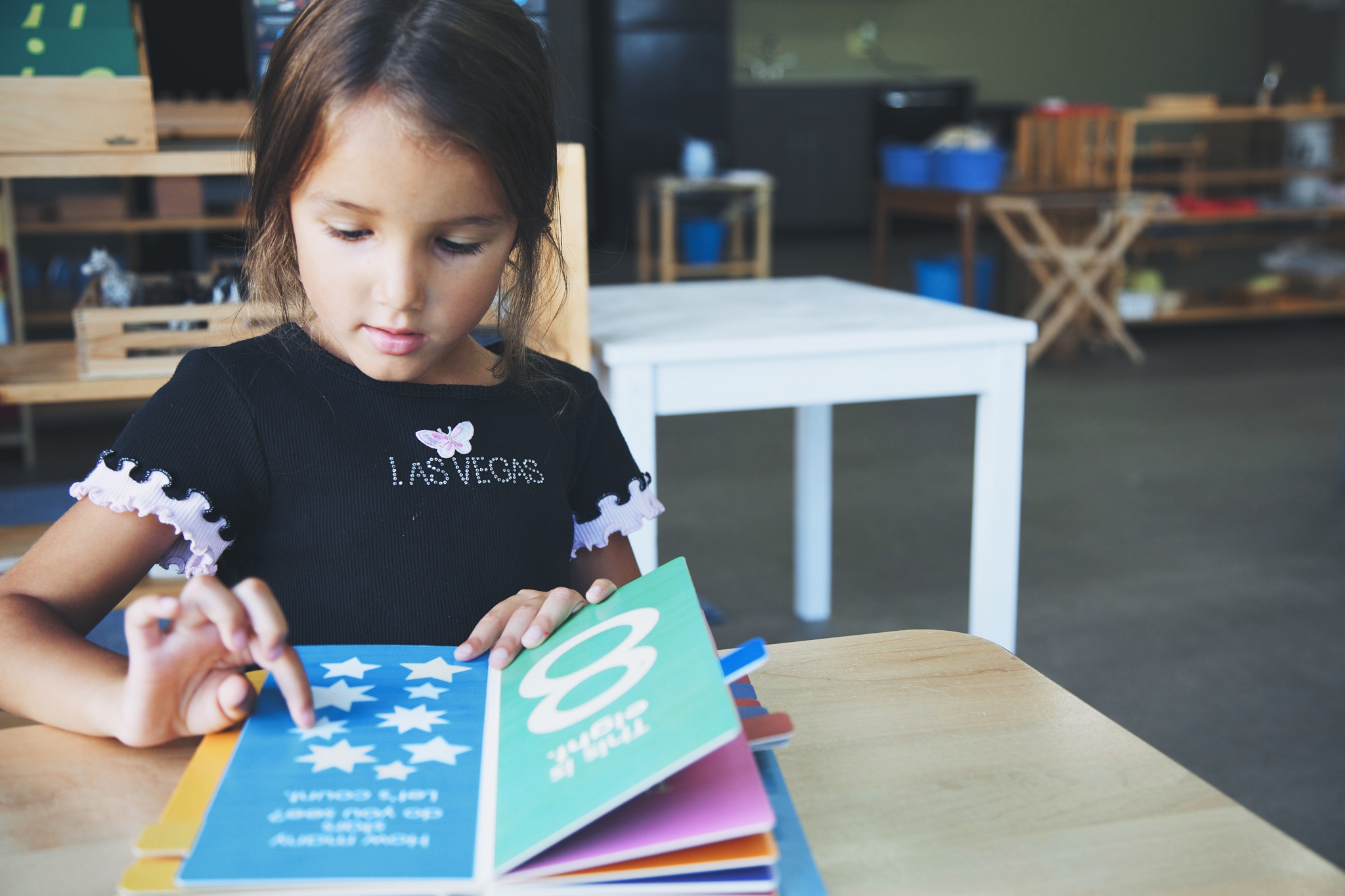Montessori Letter Work & Number Work
News and Updates
We’re very pleased to be able to introduce Letter Work & Number Work. Published by our friends at Abrams Appleseed, these titles, authored by Bobby and June George, are now available.
We thought we would take this opportunity to walk you through the inception of the project, and explain a little bit more about what makes these titles so unique.
History
When we opened Baan Dek, over five years ago now, we were looking for ways to increase awareness about the Montessori approach to education. Being relatively new to the field, we wanted to share with the world some of the insights that we had gained, in an effort to make Montessori more accessible to a much wider audience.
Many of the encounters that we had with Montessori were so strong and positive, and so counter to our traditional backgrounds, that we wanted to convey what we had learned. If there is one sentence that could describe Montessori, it is that the only way to achieve the abstract, is through the concrete.

Letter Work
For those new to Montessori, one of the best introductions to the Montessori approach to education is through language. In Montessori, we focus on the sounds of the letters, as opposed to their names. This is because, as Montessori believed, children learn through their senses. As such, the first thing they hear are sounds.
With Letter Work, then, we first introduce the children to the letters to trace. For example, “g”, as pictured above. We also added the statement, “This is “guh”, to emphasize for parents, that we concentrate on sounds. The traceable letters include sandpaper, which help children develop a tactile appreciation.
In addition, and thanks to the lovely work by Alyssa Nassner, we’ve included illustrations that will help to emphasize and highlight the sounds of the letters in practice. For instance, the first sound in the word, “goat”, is the same as the sound of the letter, “g”.
Of course, phonetically speaking, it can be difficult to represent sounds with words, so we put together a little video that explains, in greater detail, the precise emphasis for each letter. Ms. Wood will take us through an auditorial journey to help us pronounce the letter sounds and offer a few examples of each letter.
If you have already started working with your children with letter names, that’s okay. When we start up with sounds, we just say, “These are the names of the letters. Now let’s learn their sounds.” We’re always around to answer any questions that you might have and provide as much assistance as is needed.

Number Work
With Montessori, everyone has a “Montessori Moment”, so to speak. Which is to say, something just clicks and makes sense and you think to yourself, “Why hasn’t it always been taught this way.” For Mrs. George, since English is not her first language, the Montessori approach to sounds just made sense. Well, for Mr. George, it was numbers.
Let us explain. The traditional approach to numbers is to teach them through an abstract understanding. For example, the number two will be written on a chalkboard and the teacher will state, “This is two.” In Montessori, we start with the concrete, so we will introduce two objects, before we introduce the symbol, “2”.
It’s a slight reversal, but it has a profound impact on the way children learn. Let’s watch, as this young student explores the book for the very first time. Notice how he counts the objects, turning the page to see what symbol represents that understanding. The numbers are also tactile, with sandpaper, and offer children the opportunity to trace them, which is preparation and practice for writing.
You’ll also notice that the book has beautiful tabs, so when you turn the page a quantity is revealed. What we’ve done, is include the Montessori number rods activity into the book, to help reinforce the quantity of the numbers. Counting the rods makes for a fun, engaging and interactive exercise.

Thank you
A special thank you to the amazing team at Abrams Appleseed. Without them, we could not have written these books. In particular, we want to thank Cecily Kaiser, the editor of Abrams Appleseed, and Meagan Bennett, the designer. Individually, they make our hearts pitter patter with excitement. Collectively, they are insuperable. Every time we work with them, we feel like our hearts will explode with joy. They are a constant source of inspiration and collaboration.
Written by:
Baan Dek
